Existing CSP Client: (919) 424-2060
SALES: (919) 420-3231
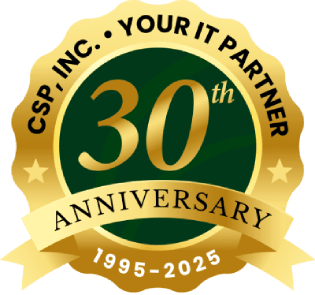
The Internet of Things – and of course, the Internet –has created an endless network of connectivity. Consumers have embraced living in a digital world, and all the ways the Internet makes day-to-day life easier.

Is there one single piece of information you wish you knew about your customers that just evades you? We already know the answer to that question – yes! Don’t you wish there was a magical process by which you could answer every question you’ve ever had about your customer base? Would you cater your operations and marketing to their needs to develop a deeper sense of loyalty and longevity?
There are ways to better understand your target market. Focus groups collect incredibly valuable information in a controlled environment, but are very expensive and only represent a fraction of your customer base. Telephone surveys rely on clear communication and carefully constructed questions which are properly delivered – but first, the target respondents have to answer the call. It’s neither cheap nor easy to get answers, but it’s not meant to be. Consumers are protective of their privacy and their money!
So, what’s the best way to figure out what your target market is thinking? Instead of trying to read your customers’ minds and potentially making costly mistakes, we suggest a better option – just ask them.
Email surveys were the darling of the decade until the last few years, but are still heavily used. All a business needs to have is an email address on file for a customer — whether former, current, or potential — and the ability to craft questions that will deliver meaningful responses. What is meaningful depends entirely on how the business plans to use the information obtained through the survey.
If you’ve ever designed an online survey, you’ve tried SurveyMonkey. With limited features and use parameters, it’s a free tool – and a fantastic option. That word “limited” is the challenge that users face: why limit yourself when your business depends on the outcome? Sure, simplified surveys with radio buttons, checkboxes, or drop-down menus are easy, but they can be misinterpreted – or worse, the user can choose the incorrect response by accident and still record it.
Of course, surveys are notorious for low levels of response, though average response rates have risen in recent years. The current average response rates hover around 1 in 4, or 25% of recipients will answer. This rate tends to increase rather significantly with an incentive to respond. You’ll need to account for a “margin of error”, which will vary, but basically, it means that of those 1 in 4 recipients that respond, some of their answers will not accurately reflect their preferences, like where we said they might have accidentally chosen the incorrect answer. Most people expect the average margin of error to be about 5%.
Now that we’ve talked about some statistics, let’s talk about the meat of a survey. Here is where the true difference between platforms like SurveyMonkey and Google Forms matters.
First, how to create a new Google Form:
Google Forms has updated its user interface recently, and now you can add responses in a grid display format. You’ll want to play around with the options to see what looks best for your needs. Think carefully about the number of questions you need to ask, and the number of responses to choose from within each question. Too many of either can overwhelm a consumer, and best practices suggest that asking no more than 5-7 Questions is ideal, with each having no more than 3-5 responses.
Other cool features you can add to your Google Form include:
Readily-available free survey tools aren’t always so feature-filled. Paid tiers of SurveyMonkey offer tools like geotargeting and more robust features, which are useful if responses are tailored in such a way that this is necessary. Google Forms can’t help you with geotargeting, but Google does offer a paid option with its Google Surveys solution.
How else can you use Google Forms?
One more feature we want to touch on is logic processes. In Google Forms, designers can change the user flow of the Form at the individual respondent’s level and based on their answers. You can toggle certain responses to one question to skip the next question, and even do what the Marketing world would all an “A/B split” where one response would take the respondent in one line of questioning, but a different response would take another user down a different path.
Use Google Forms to get to know your customers, and take full advantage of the Internet. Consumers like to share their opinions, and if they can do this using their smartphone while on the go, you’re much more likely to increase responses.
Get to know Google Forms and see how Google wants to help you — and your business — win the Internet!
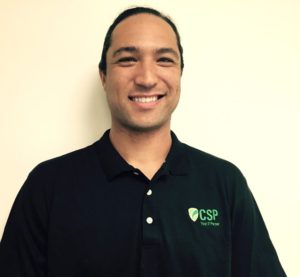
Always at your service to provide the highest level of quality support to our customers.

Anthony Firth Client Engineer

“I’m passionate about building and fostering relationships, and finding solutions for success.”

Michael Koenig Client Account Manager

“I help clients stabilize and grow their IT infrastructure so they can focus on growing their core business.”

Josh Wilshire Systems Engineer Team Lead
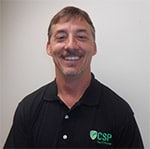
“I strive to provide the highest level of quality service to our customers.”

Tommy Williams Sr. Hardware Engineer

“I’m driven by the steadfast belief that technology must serve as a business enabler. This mantra has driven 21
Years of successful partnerships.”

Stephen Riddick VP Sales & Marketing
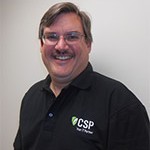
“CSP doesn’t succeed unless your company succeeds.”

Stephen Allen Inventory Manager
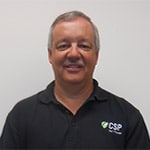
“Through my intuition and genuine concern to help others I have built long-lasting relationships with our customers, co-workers and business partners.”

Scott Forbes VP Support Services
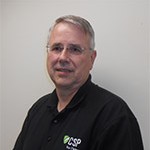
“Every day, I work with clients to help plan the future of their businesses.”

Michael Bowman vCIO
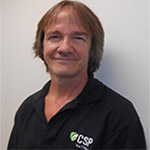
“Your IT problems become our IT solutions.”

Mark McLemore Project Engineer
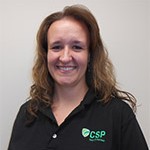
“Managing internal and external operations to ensure that CSP provides quality and reliable customer service .”

Margie Figueroa Business Manager
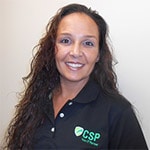
“Providing quality internal and externals financial support to our customers and accounting support to CSP.”

Katie Steiglitz Accounting Administrator

“Some call me the CEO. I call myself the Cheerleader for an awesome team!”

William B. Riddick Founder & CEO
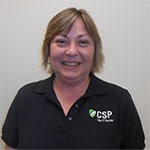
“CSP is here to assist you with your IT needs.”

Beth Wylie Inside Sales Manager

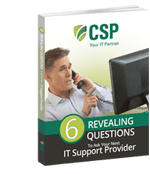


On What Questions You Need To Ask Before Signing Any Agreement.
"*" indicates required fields

Raleigh IT Support Company and IT Services Provider | CSP Inc.
1310 Nowell Rd,
Raleigh, NC 27607
Existing CSP Client: (919) 424-2060
SALES: (919) 420-3231
Receive email updates and informative marketing materials by subscribing to our newsletter.
"*" indicates required fields